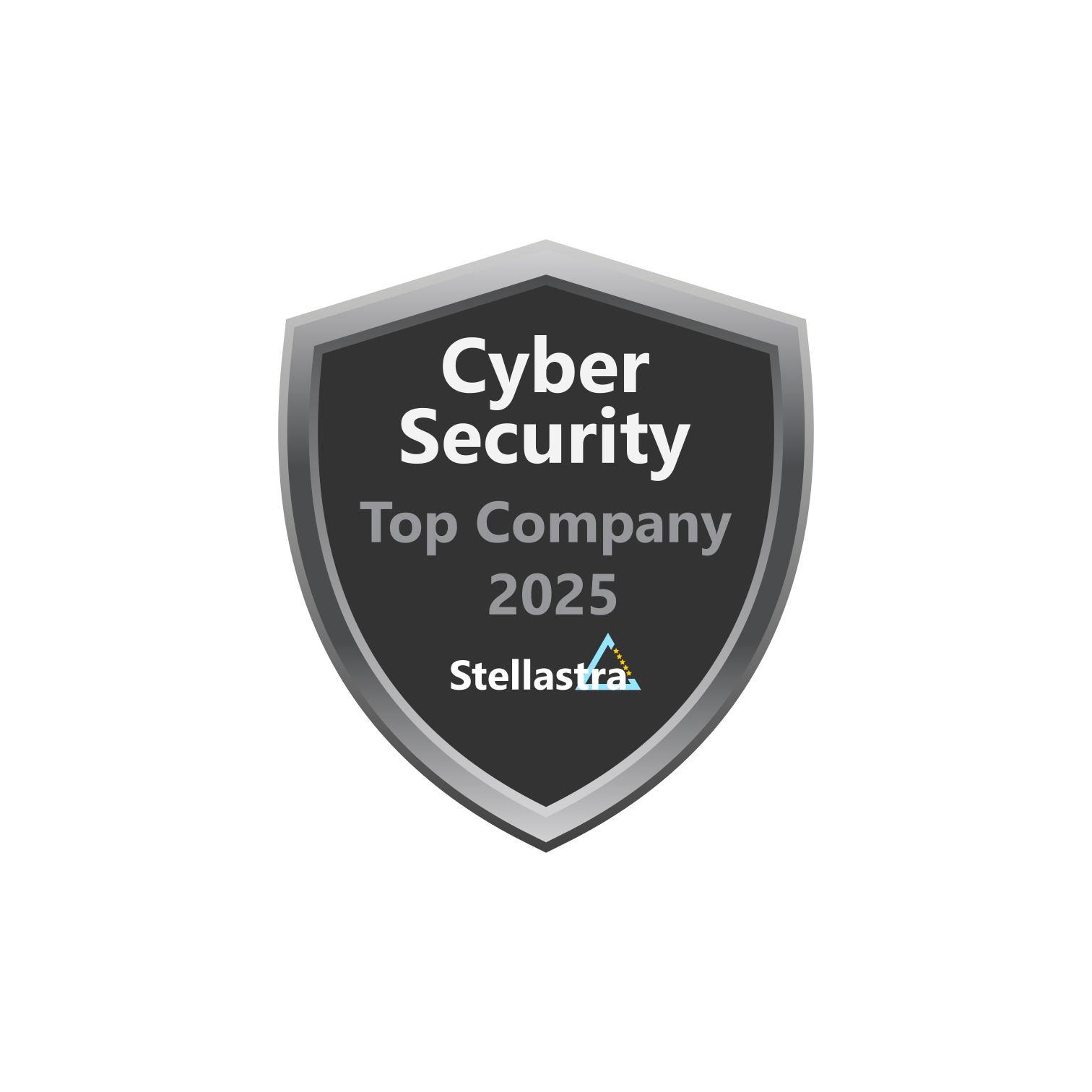· 5 min read
What is IaaS | Definition and Meaning
Infrastructure as a Service (IaaS) is a cloud computing model that provides virtualized computing resources over the internet, allowing businesses to rent IT infrastructure instead of buying physical hardware.

Understanding Infrastructure as a Service (IaaS)
What is IaaS?
Infrastructure as a Service, or IaaS, is a cloud computing model that provides virtualized computing resources over the internet. Essentially, IaaS allows businesses to rent IT infrastructure such as servers, storage, and networking from a cloud service provider instead of investing in physical hardware. This concept is part of a broader cloud computing framework, including Platform as a Service (PaaS) and Software as a Service (SaaS).
Key Components of IaaS
Virtual Machines (VMs): IaaS provides users with the ability to create and manage virtual machines. This virtualization is crucial because it allows for efficient resource allocation and scalability.
Storage: Users can access various types of storage options, including block storage and object storage, which can be adjusted based on their needs.
Networking: Networking resources such as virtual networks, load balancers, and IP addresses are offered to ensure seamless connectivity.
Security: IaaS platforms typically include advanced security measures to protect data and applications, although users must also implement their own security strategies.
Benefits of IaaS
Cost Efficiency
One of the most significant advantages of IaaS is cost reduction. Businesses no longer need to invest heavily in physical hardware, allowing them to allocate resources more effectively.
Scalability
IaaS provides dynamic scalability, enabling businesses to scale resources up or down based on demand. This flexibility is particularly advantageous for businesses with fluctuating workloads.
Management and Maintenance
With IaaS, the cloud service provider manages the underlying infrastructure, allowing organizations to focus on their core business processes without worrying about server maintenance or hardware upgrades.
Accessibility
IaaS is accessible from anywhere with an internet connection, promoting remote work and collaboration among teams spread across different locations.
Challenges of IaaS
Despite its benefits, IaaS has challenges that organizations must navigate.
Security Concerns
While IaaS providers offer built-in security features, the shared nature of the cloud can expose organizations to various risks. Data breaches, unauthorized access, and compliance issues are significant concerns that need addressing.
Performance Issues
Latency can sometimes be an issue, particularly if data centers are geographically distant from the users. Performance can vary based on the chosen vendor and infrastructure setup.
Complexity
Managing cloud resources can be complex, especially for companies unfamiliar with cloud technology. This complexity may require additional training or hiring skilled personnel to manage IaaS effectively.
Known Vulnerabilities in IaaS
While IaaS offers numerous benefits, various known vulnerabilities can expose organizations to risks. Here are some of the prominent vulnerabilities associated with Infrastructure as a Service:
CVE-2021-22969
- Description: Concrete CMS (formerly Concrete5) versions below 8.5.7 have a Server-Side Request Forgery (SSRF) mitigation bypass using DNS rebind attack, allowing attackers to fetch cloud IaaS IAM keys (e.g., AWS). The Concrete CMS team addressed this by disallowing downloads from the local network and validating IP addresses during downloads.
- Impact: Allows attackers to exploit the system to retrieve sensitive IAM credentials.
- CVSS Score: 3.5 (Low severity)
CVE-2019-3780
- Description: Cloud Foundry Container Runtime versions prior to 0.28.0 deploy Kubernetes worker nodes with a configuration file containing IaaS credentials. Malicious users gaining access to these nodes may escalate privileges and access IaaS accounts.
- Impact: Potential unauthorized access to IaaS accounts due to exposed credentials.
CVE-2018-11045
- Description: Pivotal Operations Manager versions prior to specified updates contain a static Linux Random Number Generator seed file embedded in the appliance image. An attacker aware of the configuration can infer the random number generator’s initial state.
- Impact: Threat to the confidentiality and integrity of cryptographic operations.
CVE-2018-1276
- Description: Windows 2012R2 Stemcells versions prior to 1200.17 expose metadata vulnerabilities on vSphere. A remote user can read IaaS metadata containing BOSH credentials via crafted commands.
- Impact: Exposure of sensitive credentials could facilitate unauthorized activities.
CVE-2018-15763
- Description: Pivotal Container Service prior to version 1.2.0 contains an information disclosure vulnerability in application logs, potentially exposing IaaS credentials to malicious users with access to those logs.
- Impact: Compromise of IaaS credentials leading to unauthorized access and actions on the infrastructure.
IaaS Providers
Several major companies provide IaaS solutions, including:
- Amazon Web Services (AWS): AWS offers a broad range of IaaS services, including EC2 instances and S3 storage.
- Microsoft Azure: Known for its robust portfolio, Azure provides various cloud services, including VMs, networking, and storage.
- Google Cloud Platform (GCP): Google�s IaaS offerings include Compute Engine and Google Cloud Storage, catering to diverse business needs.
Comparison of IaaS with Other Cloud Models
IaaS differs from PaaS and SaaS in several key areas:
IaaS vs. PaaS: While IaaS provides fundamental infrastructure, PaaS offers a platform allowing developers to build, run, and manage applications without dealing with the complexity of the underlying infrastructure.
IaaS vs. SaaS: SaaS delivers fully functional cloud-based software applications, whereas IaaS focuses on hardware and virtualized resources.
IaaS stands as a pivotal part of the cloud computing ecosystem, offering organizations flexible, scalable, and cost-effective solutions to manage their IT infrastructure. As businesses increasingly shift towards cloud-based models, understanding IaaS becomes essential for making informed decisions about technology investments. Organizations must weigh the benefits of IaaS against potential challenges, including vulnerabilities, keeping in mind the specific needs of their business and how they align with their overall technology strategy. As the landscape of IaaS providers continues to evolve, staying updated on options and best practices is critical for maximizing the advantages of this powerful cloud model. In summary, IaaS not only transforms how organizations manage their infrastructure but also paves the way for innovation, efficiency, and growth in the digital age.

